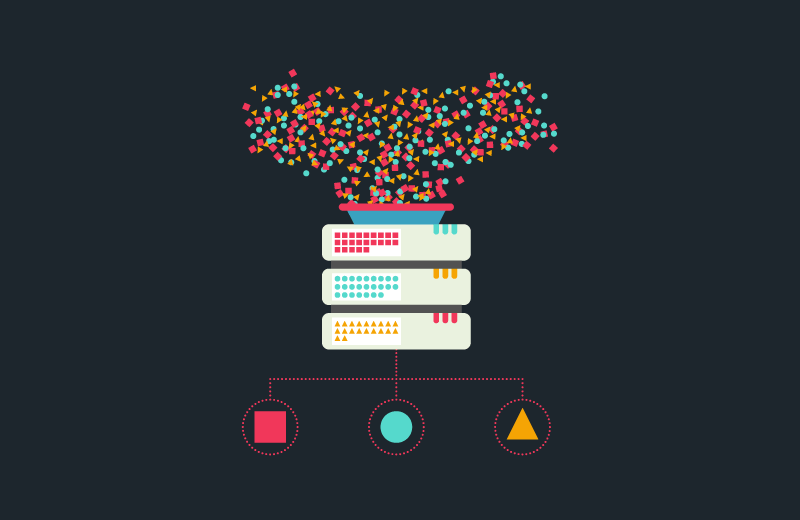With the rise of data and the increasing demand for real-time analytics, new tools have emerged to help businesses make informed decisions. One of these tools is small data analysis, also known as Tiny Data, which aims to make data analytics more accessible and easier to use for businesses of all sizes.

What is Small Data?
Tiny Data is an approach to data analysis that focuses on using small datasets to make decisions. Instead of focusing on large quantities of data, Tiny Data concentrates on smaller, more relevant data for decision-making. This can include internal data, such as sales and supply chain management data, as well as external data, such as market data and consumer data.

Tiny Machine Learning: A Natural Extension of Small Data
Tiny Machine Learning is a natural extension of small data analysis. It's an approach to using machine learning to solve problems using smaller datasets. This can be done without requiring large-scale tools, such as large computing clusters or deep learning frameworks.

Portability
One of the key advantages of small data and tiny machine learning is their portability. Small data algorithms can be run on mobile devices, such as smartphones, smartwatches, etc. This makes them ideal for real-time applications that require on-the-go data analysis. Similarly, machine learning systems can be deployed on connected objects such as smart thermostats, surveillance cameras, alarm systems, and smart locks.

An eco-friendly solution
The energy consumption of data centers is a growing environmental concern. According to a Greenpeace study, data centers and cloud computing infrastructure are responsible for 2% of global greenhouse gas emissions, which is comparable to emissions from the aviation industry. This is largely due to the significant amount of energy required to operate these data centers, particularly for server cooling.
That's why the use of small data can be beneficial for the environment. By limiting the amount of data processed, it can reduce the amount of energy needed to store and process it. Additionally, since Small Data algorithms can run on mobile devices, it can avoid the need to send data to data centers for processing.
Concrete Applications
There are several concrete applications for Tiny Machine Learning, including in the following domains:
- Sales prediction: Companies can use Tiny Machine Learning algorithms to predict sales using historical sales data and other relevant factors.
- Supply chain optimization: Companies can use Tiny Machine Learning to optimize their supply chain by using data such as demand data, production data, and delivery data.
- Fraud detection: Companies can use Tiny Machine Learning to detect fraud by using data such as banking transactions and payment data.
- Real-time data analysis: Small data algorithms can be used for real-time data analysis on mobile devices, such as smartwatches.
- Health monitoring: Small data algorithms can be used for health monitoring on mobile devices, such as fitness trackers.
- Computer vision applications: Small data algorithms can be used for computer vision applications on mobile devices, such as cameras.
References
« What is Small Data? » Forbes, Forbes Media LLC, 25 May 2018,
« Tiny Machine Learning on Small Data: An Overview. » Medium, Towards AI, 4 Oct. 2019,
« Small Data: How to Make Big Impact. » The Guardian, Guardian News and Media, 6 June 2018,
« The Advantages and Disadvantages of Tiny Machine Learning. » Medium, Springboard, 22 May 2018.




